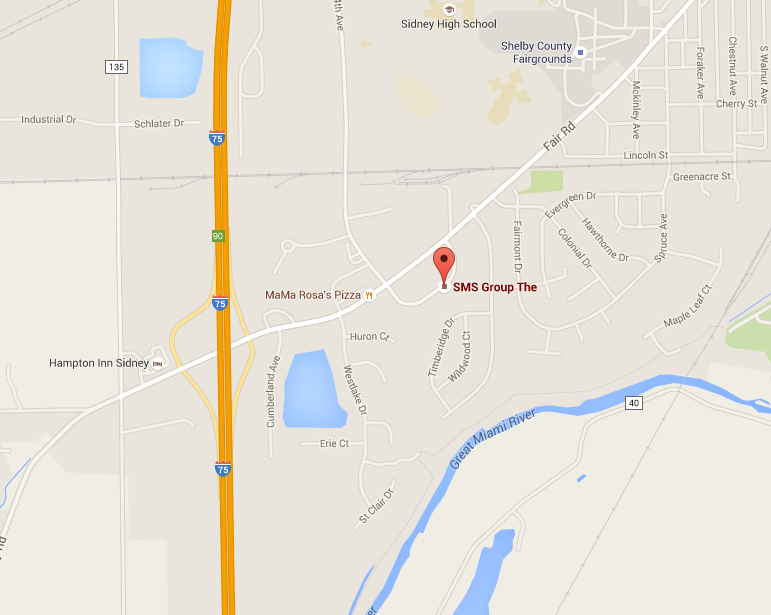The cost of waiting: When to update enterprise mobile devices
The most widely used and supported mobile operating system, Windows Embedded Handheld 6.5, is ending support in 2020, in some ways mandating that warehousing, manufacturing, and logistics companies assess their mobile strategy.
Knowing that end-of-support is fast-approaching, companies currently using the Windows OS should evaluate how their existing mobile devices are working, and think critically about how they should move forward in order to become faster, more flexible, and more future-proof. While not as imperative for organizations not currently using a Windows platform, it is still important—if for no other reason than many of their competitors will be doing so and emerging from this transitional time more efficient, more effective, and poised to gain market share.
Regardless of whether your company is on Windows or not, as a mobile decision-maker, you have two options:
- Assess your current mobile strategy and migrate to an operating system that gives your company a competitive edge
- Wait until your company is forced to change
Because of the complex environment many organizations function in, it can be easier to wait and see if a clear path emerges. That said, there are costs associated to waiting, making option #1 the more attractive choice.
Cost #1: Increased total cost of ownership
Unlike the time between consumer mobile upgrades, which can be measured in months, the lifespan of rugged enterprise devices averages 3-5 years. However, according to the Migrating Legacy Enterprise Mobile Applications white paper by Zebra, “one of the consequences of the uncertainty surrounding OS direction has been customers postponing upgrade decisions, thus increasing the average age of the installed base of mobile devices.” Simply said: enterprise mobile devices are aging.
Like an older car, aging rugged mobile devices require more maintenance than newer models. Unlike an older car, rugged devices become more prone to network security risks. Older devices have a higher likelihood of device failure and down time. These risks in addition to increased maintenance leads to a significant increase in the total cost in ownership.
Cost #2: Decreased productivity and performance
Not only do aging devices cost more to own, they also can’t take advantage of modern capabilities, including quicker operating speeds, more intuitive usability (especially good for complex applications), and sleeker devices. While not a hard dollar amount like total cost of ownership, the lack of these upgrades diminish worker productivity and performance over time.
There are a number of use-cases in which the outdated user interface of aging mobile devices takes away from workforce productivity. As an example, many warehousing and manufacturing companies utilize seasonal part-time help. Training these workers on older mobile technology with outdated user interfaces can take several days. On the other hand, workers adapt quicker to technology they’re used to in their everyday lives, which newer rugged mobile devices take advantage of. Plus, newer technologies are simply faster than older tech.
Cost #3: Missed opportunities to innovate
Ask not what your mobile device can do for you, but what your company wants to aspire to. By asking, “what could we do if…” you are starting a conversation that leads to more efficient workflows and innovation. Once you’ve determined what you’d like to do, you can find out how to deliver with modern mobile devices. The months and years your company waits to have these pivotal conversations, the more you fall behind in your competitive advantage. Read more about the opportunities of strategizing now by reading Zebra’s Where will the Mobility Revolution Take You?
Don’t wait to have these important conversations until you absolutely need to—it could cost you.
The SMS Group can help you find the perfect mobile technology strategy for your organization, and can guide you through the process of purchase and installation. Our team even develops custom applications. Contact us to learn more about successes we’ve seen and how to take steps toward greater operating efficiencies in your environment.


